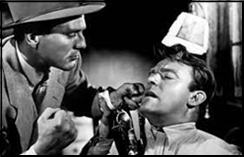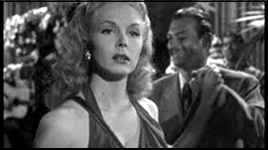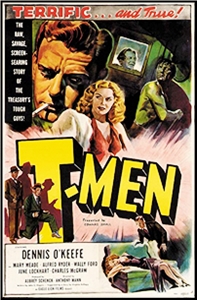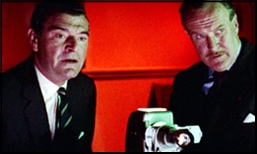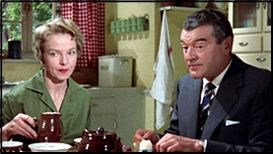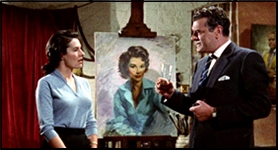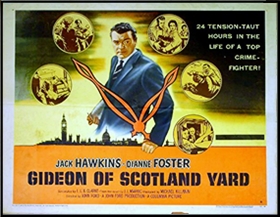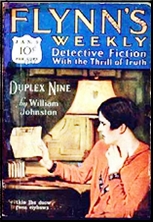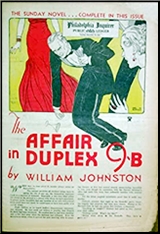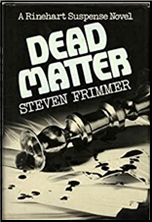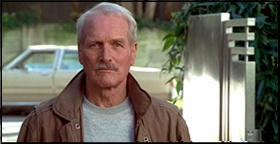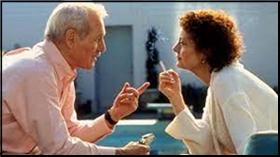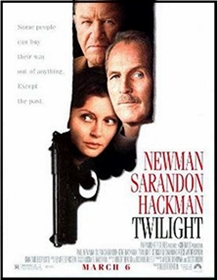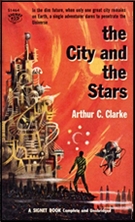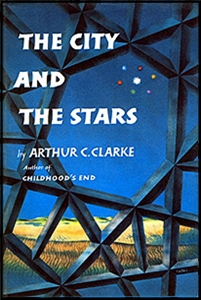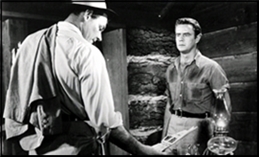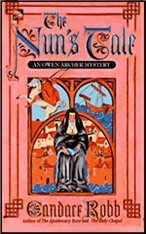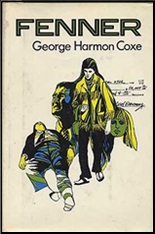Thu 17 Jun 2021
PETER CORRIS – White Meat. Fawcett Gold Medal, paperback, 1st Ballantine edition, September 1986. Originally published in Australia: Pan, 1981.
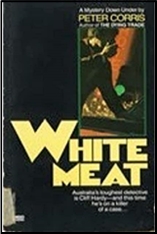
On a recent visit to the Yale Co-op bookstore, I picked up a large stack of mystery paperbacks with Pl Cliff Hardy starring in them, and this is one of them. I hadn’t bought them when they first came out, and while the reason is kind of silly, I’m going to tell you anyway: Both Peter Corris and his creation are Australians, and I was temporarily working under the delusion that PI novels are strictly an American form.
Of the 10 books with Hardy in them that I know about, this is the second. I’m missing three of them. There may be more, either ones that were never published here, or ones published later that I just haven’t caught up with yet. I haven’t seen any in a while, although as I say, l hadn’t been looking. What’s remarkable, in retrospect, is that two of the books (Heroin Annie and The Big Drop) are collections of short stories, and what other PI character in recent memory has had a collection of short stories published about him?
On the basis of this limited sample of size one, I’ll be looking for the ones I’ve missed, but I’d also have to add that I’m not yet a full-fledged Hardy fanatic yet. The case he’s involved with here is a good one, and it even comes close to being great. So close, as a matter of fact, that it put my teeth on edge when it wasn’t.
It involves the missing daughter of a well-to-do bookie, and why he wants her back, the trouble she’s been in all her life, only blood could say. Bank robbery, blackmail, and boxing are also involved, along with a few dead bodies along the way, If you’d thought that Australia was a nice peaceful land, this book would greatly disillusion you.
Australia’s cities have their own rundown section, their own squalor, their own hopeless despair of some of the people who live there. The country is also wracked with racial tensions between the whites and the mostly black Aborigines as well, and this has a good deal to do with the story that Cliff Hardy finds himself digging into.
Corris has a nice descriptive flair for the various parts of the countryside Hardy travels through, as well as for all the inhabitants of it. Where he fails – or where he did as far as I was concerned — is in, umm, for lack of a better word, let’s call it “logistics” — getting people from one spot to another, locating them· precisely in the story, and just generally answering any questions that are raised in doing so. (I’d gladly go into details, but this review has probably gone on too long already.)
There are two threads to the tale, and unfortunately, I thought the more interesting one was wrapped up first. It might also be my own built-in bias against boxing,) Otherwise, the book has a nice solid feeling to it, and as for me, I’m certainly game for another.
The Cliff Hardy series —
1. The Dying Trade (1980)
2. White Meat (1981)
3. The Marvellous Boy (1982)
4. The Empty Beach (1985)
5. Heroin Annie (1984)
6. Make Me Rich (1985)
7. The Big Drop (1985)
8. The Greenwich Apartments (1986)
9. Deal Me Out (1986)
10. The January Zone (1987)
11. The Man in the Shadows (1988)
12. O’Fear (1990)
13. Wet Graves (1991)
14. Aftershock (1991)
15. Beware of the Dog (1992)
16. Burn (1993)
17. Matrimonial Causes (1993)
18. Casino (1994)
19. The Washington Club (1997)
20. Forget Me If You Can (1997)
21. The Reward (1997)
22. The Black Prince (1998)
23. The Other Side of Sorrow (1999)
24. Lugarno (2001)
25. Salt and Blood (2002)
26. Master’s Mates (2003)
27. The Coast Road (2004)
28. Taking Care of Business (2004)
29. Saving Billie (2005)
30. The Undertow (2006)
31. Appeal Denied (2007)
32. The Big Score (2007)
33. Open File (2009)
34. Deep Water (2009)
35. Torn Apart (2010)
36. Follow the Money (2012)
37. Comeback (2012)
38. The Dunbar Case (2013)
39. Silent Kill (2014)
40. Gun Control (2015)
41. That Empty Feeling (2016)
42. Win, Lose or Draw (2017)
